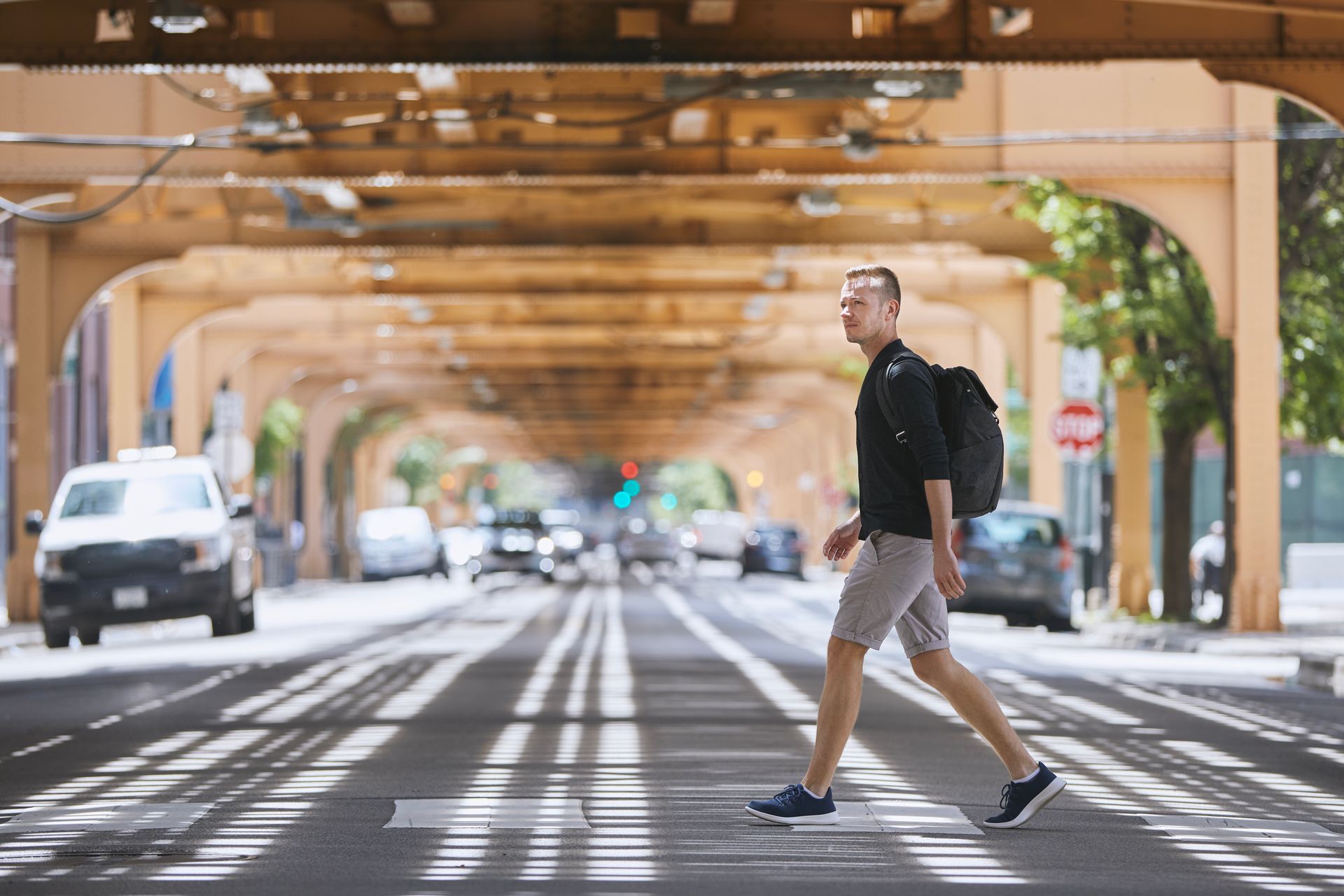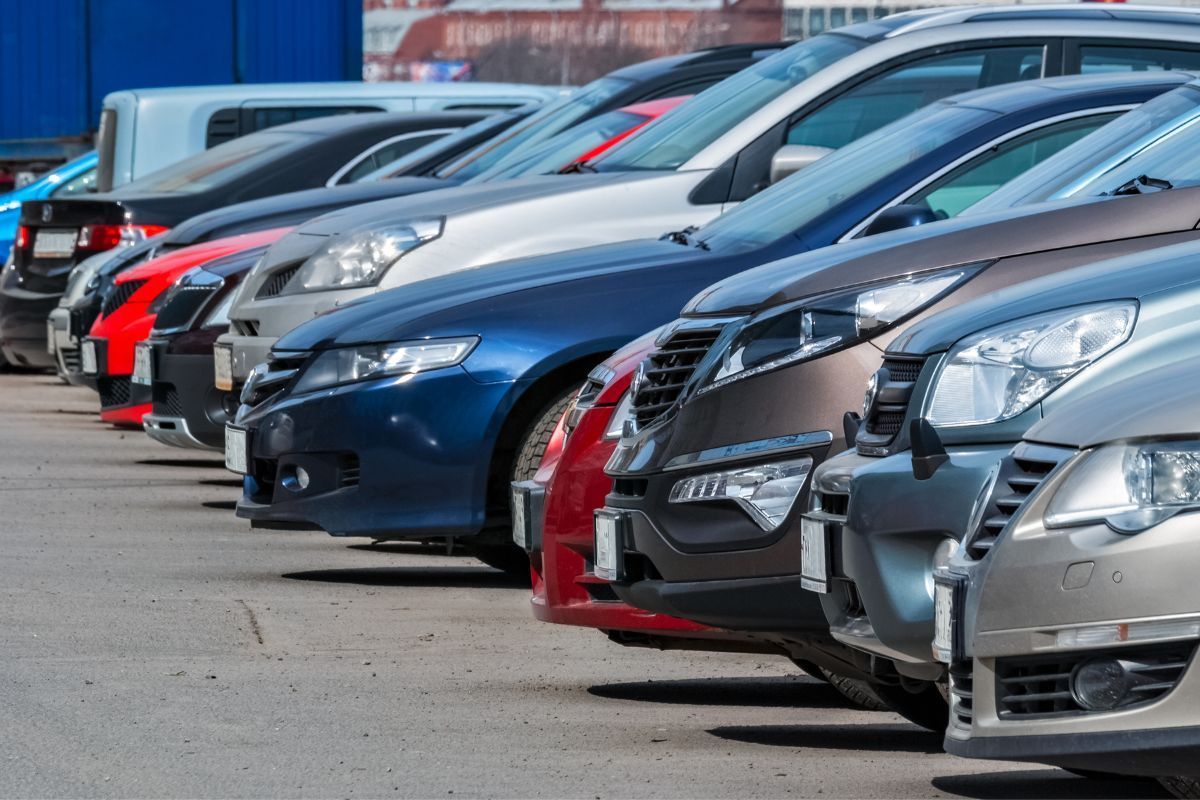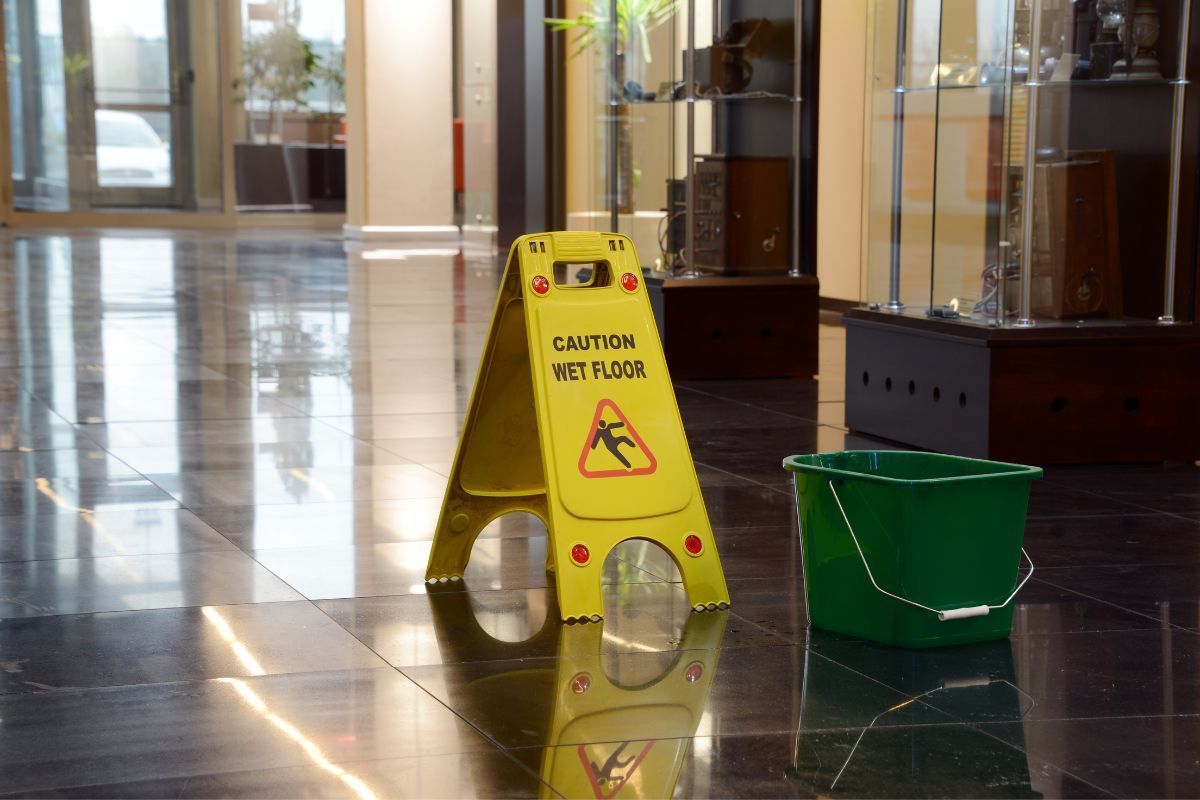Pedestrians at Most Risk in Automobile Accidents

Pedestrian accident deaths are on the rise in the United States. While other countries have managed to reduce pedestrian fatalities, the U.S. has seen an increase each year over the past decade. Florida ranks as the second worst state for pedestrian deaths, accounting for 12% of all such fatalities in the country. Florida, California, Georgia, Texas, and Arizona together make up nearly half of all pedestrian accident deaths in the U.S.
Several factors contribute to this alarming trend in Florida:
- Distracted, careless drivers: This has always been an issue, but smartphones and in-vehicle technology have amplified the danger. The desire to be constantly available comes with the risk of not focusing on driving safely.
- Larger vehicles: SUVs and crossovers account for about 50% of the market share for all passenger vehicles sold in the U.S. These larger vehicles are harder for the average driver to control.
- An older population: Older people in some communities are more likely to walk than drive. They are more vulnerable to accidents due to slower movement and diminished vision, hearing, and reflexes. When involved in pedestrian accidents, they face a higher risk of serious and fatal injuries.
How We Can Help You After a Pedestrian Accident
Victims of pedestrian accidents, or the surviving loved ones of those killed in such incidents, face challenges in both their personal lives and in pursuing claims against the at-fault party. Our experienced, highly rated personal injury attorneys will guide you and your family every step of the way.
Every case is different, but some potential avenues we help pedestrian accident victims or surviving loved ones explore include:
- Personal Injury Protection (PIP): PIP coverage is required for Florida motorists, per F.S. 627.736. Obtaining available PIP coverage for an injured pedestrian helps pay medical expenses and lost wages.
- Maximizing compensation for the injured: Pedestrian injuries are often severe due to the lack of safety equipment. An experienced personal injury attorney knows how to maximize the value of your claim. Common forms of injury damages include:
- Past and future medical expenses related to your injuries
- Loss of ability if your injuries are permanent in nature
- Loss of income if you need time off work to recover
- Loss of future earning capacity
- Loss of enjoyment of life
- Past and future pain and suffering
- Mental anguish
- Third-party liability claims: You may have a claim against the company that employed the driver responsible for your accident if they were working at the time of the crash. Vehicle owners are also financially responsible for pedestrian injuries caused by their vehicle.
- Uninsured/Underinsured Motorist Coverage (UM/UIM): UM/UIM coverage may compensate a pedestrian covered under a policy even if they weren't driving at the time of the accident. UM/UIM covers pedestrians injured or killed by drivers without insurance, without enough insurance, or by hit-and-run drivers.
If you or a loved one has been seriously injured in a pedestrian accident in Southwest Florida, please call. Don't face large insurance companies and their attorneys and adjusters alone – we can help.
How GTS Law Firm Can Help
At GTS Law Firm, our experienced personal injury attorneys are committed to providing personalized legal representation to ensure the best possible outcome for your case. We understand the physical, emotional, and financial burdens that come with personal injuries, and we're here to help you every step of the way.
If you or a loved one has been injured due to someone else's negligence, don't hesitate to contact GTS Law Firm for a free consultation. Let our team help you get the compensation you deserve. Call (941) 625-6666.
Share This Post:






